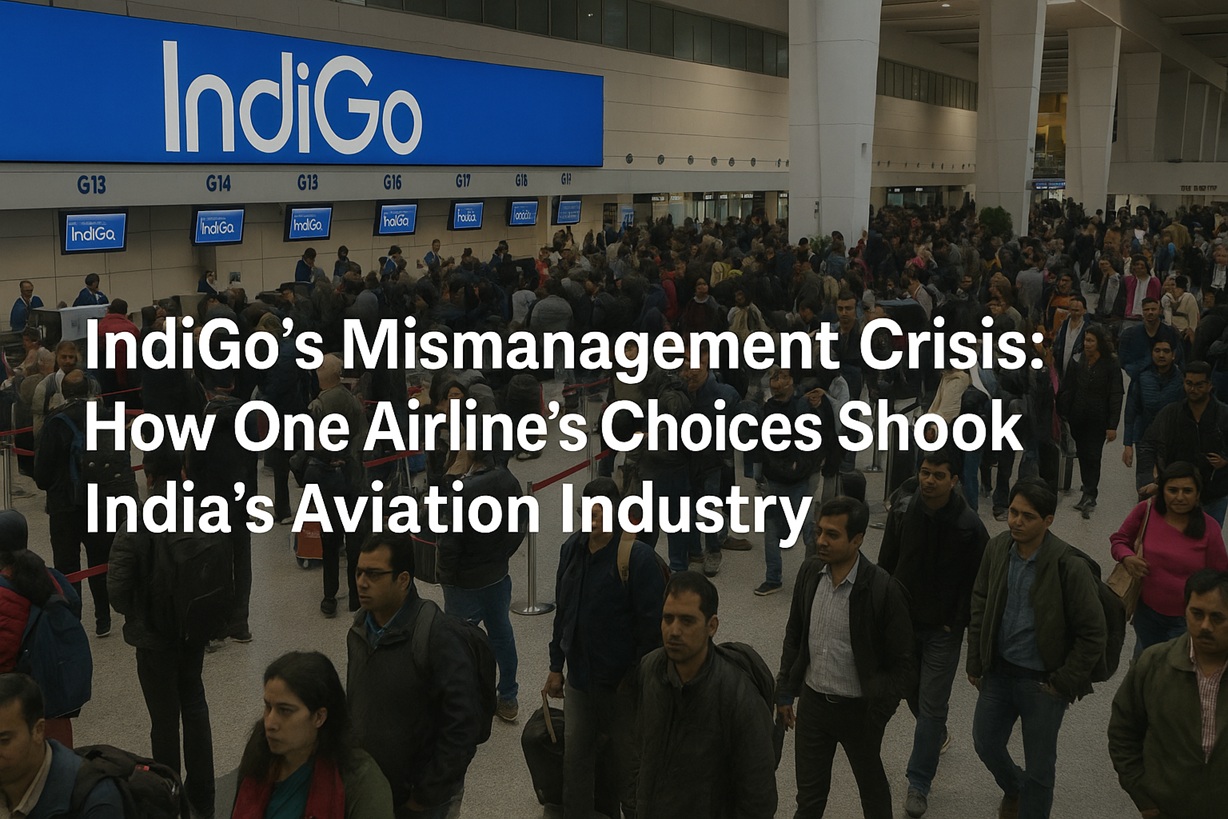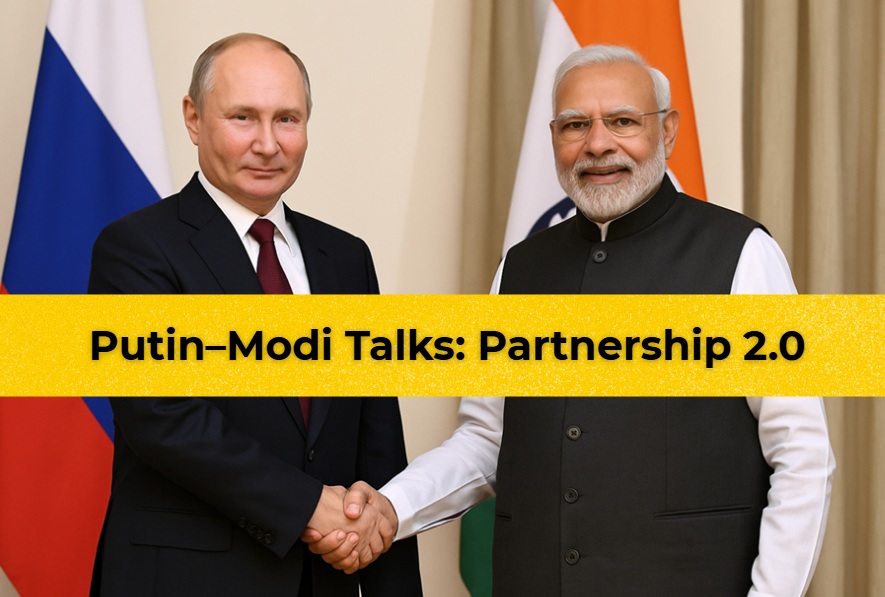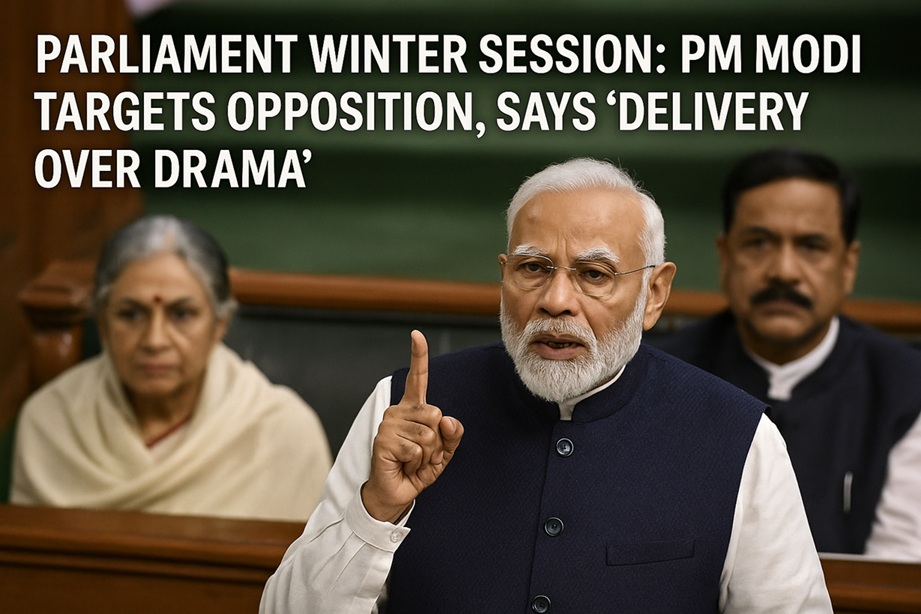In a significant diplomatic engagement, Prime Minister Narendra Modi met with US President Donald Trump at the White House, marking their first meeting since Trump’s re-election. This visit, one of the first by a global leader to the US following Trump’s electoral victory, underscored the growing importance of the Indo-US relationship on the global stage. The meeting, which lasted four hours, focused on a wide range of issues, including trade, defence, counter-terrorism, energy, and technology, with both leaders reaffirming their commitment to deepening bilateral ties.
Warm Welcome and Personal Rapport
President Trump extended a warm welcome to PM Modi, highlighting the strong personal rapport between the two leaders. “Great friend, you are great. I have missed you,” Trump said, reflecting the mutual respect and admiration they share. Trump praised PM Modi’s leadership, acknowledging the transformative changes India has undergone under his governance. He specifically commended PM Modi’s efforts in driving economic growth, implementing bold reforms, and positioning India as a global power.
The meeting was characterized by a spirit of collaboration, with both leaders expressing their commitment to working together on shared goals. Trump’s praise for PM Modi’s leadership was not merely diplomatic; it reflected the US’s recognition of India’s growing influence in global affairs.
Key Focus Areas of the Meeting
Trade and Economic Relations
Trade was a central topic of discussion, with both leaders aiming to double bilateral trade to 500billionby2030.Currently, trade between the two nations stands at approximately 500 billion by 2030.Currently,trade between the two nations stands at approximately 150 billion, and the discussions focused on reducing trade barriers, addressing tariff issues, and enhancing market access.
President Trump reiterated his “America First” policy but acknowledged the importance of a strong economic partnership with India. PM Modi, on the other hand, emphasized the “Make in India” initiative, aligning it with Trump’s “Make America Great Again” (MAGA) agenda. In a significant move, PM Modi coined a new term, “Make India Great Again” (MIGA), inspired by Trump’s MAGA vision. He stated that the two visions together form the “MEGA partnership for prosperity”, giving a new scale and dimension to the bilateral partnership. This synergy is expected to create a win-win situation, fostering job creation and economic growth in both countries.
The leaders also discussed the need for a balanced approach to trade, with negotiations on tariffs and market access expected to continue in the coming months. A 10-year roadmap for economic and strategic partnership was outlined, which will be finalized in October.
Defense and Security Cooperation
Defence collaboration was a major highlight of the meeting. The two leaders discussed the potential acquisition of advanced military technology, including the F-35 Lightning II fighter jets, which are considered the most advanced fifth-generation aircraft in the world. This move is expected to significantly enhance India’s defense capabilities and strengthen its position in the region.
The leaders also reaffirmed their commitment to combating global terrorism. President Trump specifically mentioned the need to hold Pakistan accountable for its role in supporting terrorist activities, including the 2008 Mumbai attacks. This stance was seen as a significant diplomatic win for India, as it underscored the US’s support for India’s security concerns.
Additionally, the two nations agreed to enhance cooperation in counter-terrorism, intelligence sharing, and defense manufacturing. The repair and maintenance of US-origin defense equipment in India were also discussed, aligning with the “Make in India” initiative.
Energy and Technology
Energy cooperation was another key focus area, with discussions on nuclear technology and renewable energy. India’s growing energy needs and its commitment to clean energy were highlighted, and the US expressed its willingness to collaborate in these areas.
The leaders also explored opportunities for collaboration in technology and innovation, particularly in areas such as artificial intelligence, quantum computing, and space exploration. These discussions are expected to pave the way for joint ventures and research initiatives that will benefit both nations.
Counter-Terrorism and Regional Security
The meeting emphasized the importance of a unified approach to counter-terrorism. President Trump praised India’s efforts in combating terrorism and reiterated the US’s commitment to supporting India in this regard. The leaders discussed the need for greater international cooperation to address the threat of terrorism, particularly in South Asia.
Trump also raised concerns about China’s growing assertiveness in the region and expressed the US’s willingness to support India in addressing border tensions with China. This was seen as a significant development, as it signaled the US’s alignment with India’s strategic interests in the region.
Criticism and Domestic Reactions
While the visit was widely hailed as a success, it was not without its critics. Opposition leaders in India, particularly from the Congress party, questioned the outcomes of the trip and raised concerns about the role of Indian business leaders like Gautam Adani in the discussions. Some critics accused the government of prioritizing corporate interests over national ones.
However, PM Modi’s supporters dismissed these criticisms, emphasizing the strategic gains and the global recognition of India’s growing influence. They pointed to the tangible outcomes of the visit, including defense agreements, job creation through Indian investments in the US, and enhanced cooperation in counter-terrorism.
A 10-Year Roadmap for Strategic Partnership
One of the most significant outcomes of the meeting was the agreement to develop a 10-year roadmap for strategic partnership. This roadmap, which will be finalized in October, is expected to cover a wide range of areas, including defense, trade, technology, energy, and counter-terrorism. It will serve as a blueprint for the future of Indo-US relations, ensuring that the partnership remains robust and forward-looking.
Invitation to President Trump
PM Modi extended a formal invitation to President Trump to visit India, which Trump accepted. This visit, expected to take place later this year, is seen as an opportunity to further strengthen bilateral ties and build on the progress made during PM Modi’s visit to the US.
What’s Ahead
Prime Minister Narendra Modi’s visit to the US marked a new chapter in Indo-US relations. The meeting with President Trump underscored the importance of the strategic partnership between the two nations and set the stage for enhanced collaboration in defense, trade, energy, and technology. The visit not only reinforced the personal bond between the two leaders but also highlighted India’s growing influence on the global stage.
As the two nations move forward, the 10-year roadmap for strategic partnership will serve as a guiding framework, ensuring that the relationship continues to evolve and thrive in the coming decade. PM Modi’s visit was a resounding success, reaffirming India’s position as a key player in global affairs and a trusted partner of the United States.





